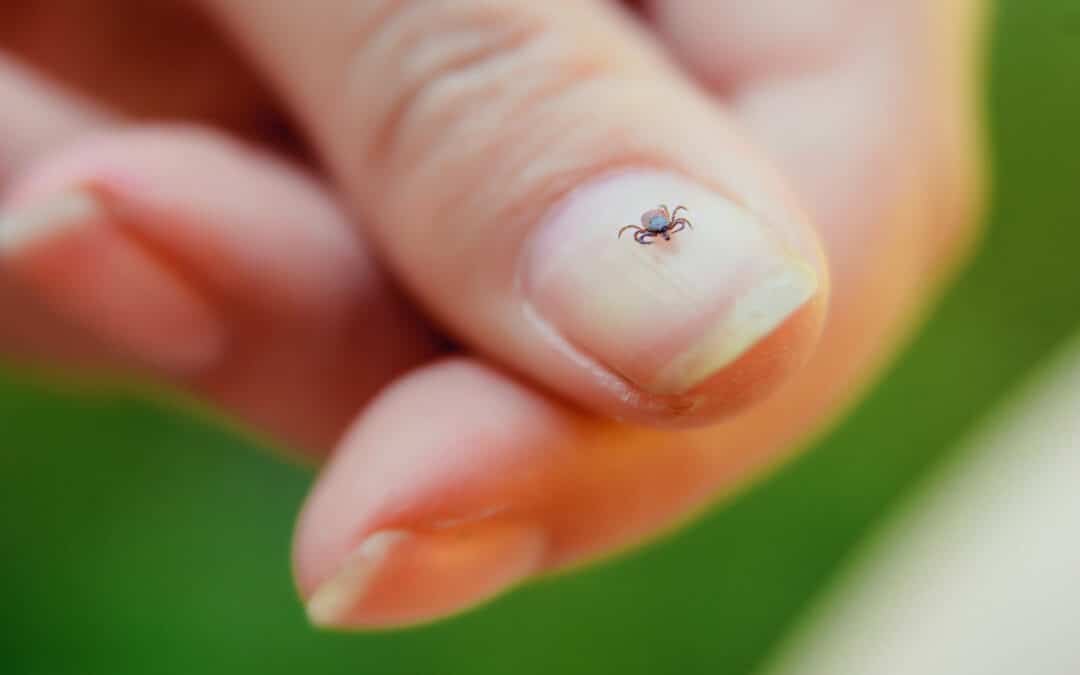Ticks are masters of hiding and can be difficult to spot if they have hitched a ride on your pet. Some can even cause serious illness and death if not addressed quickly. Here are a few things you should know.
WHAT ARE THEY?
Ticks fall within two broad categories: paralysis and brown ticks.
Paralysis ticks are dangerous parasites that can attach to an animal and consume blood from them. As they drain the blood, they secrete a toxin that affects the animal’s nervous system. The toxin in paralysis ticks causes weakness and paralysis and ultimately death.
While not as dangerous as paralysis ticks, brown dog ticks can cause a lot of irritation, and large numbers may cause dermatitis or anaemia. This tick occurs worldwide and is often a pest in kennels, dog pounds, and other enclosed spaces. All ticks have the capacity to spread blood borne disease such as Babesiosis and Anaplasmosis.
Dogs are often more quickly diagnosed with tick paralysis than cats due to their lifestyle. We walk our dogs daily and therefore will notice weakness and wobbliness earlier. Cats can be more advanced in the severity of their clinical signs when you realise they have tick paralysis due to their natural tendency to sleep and hide away.
WHAT TO DO IF YOUR PET HAS TICKS?
Don‘t panic if you find a tick on your pet. We recommend where possible to bring them in without delay to see the vet or vet nurse to remove the tick accurately and safely.
If removing a tick yourself, ensure not to squeeze the tick’s body or leave the head in. Commercial products such as Tick Twister or a Tick Lasso can aid tick removal at home.
HOW CAN YOU PROTECT YOUR PET FROM TICKS?
Prevention of ticks is best practice for all pet owners. Here are some things you can do to keep ticks at bay:
- Administer tick prevention products as recommended by your veterinarian following the product instructions. Talk to the Vetmed team about tick control products that are safe and suitable for your pet. Never apply dog tick products to cats, as some dog products can kill cats. Your veterinarian can discuss safe options available for cats.
- Search your pet for ticks every day. The essential preventative measure is a thorough search of your pet’s skin and coat at least once a day, even if tick control products have been used.
- Avoid the tick habitat during the tick season. For example, avoid taking your pet walking in bush areas or scrub areas known to harbour ticks. Keep lawns and shrubs short and remove compost material from backyards.
- Be aware of the symptoms of tick paralysis. Knowing the symptoms will mean that you can identify a tick paralysis problem as early as possible. If any signs of tick paralysis are experienced, or a tick or tick crater is evident contact your veterinarian immediately.
If you are in any doubt about what to do about ticks, get in touch with Vetmed for professional, helpful advice.

